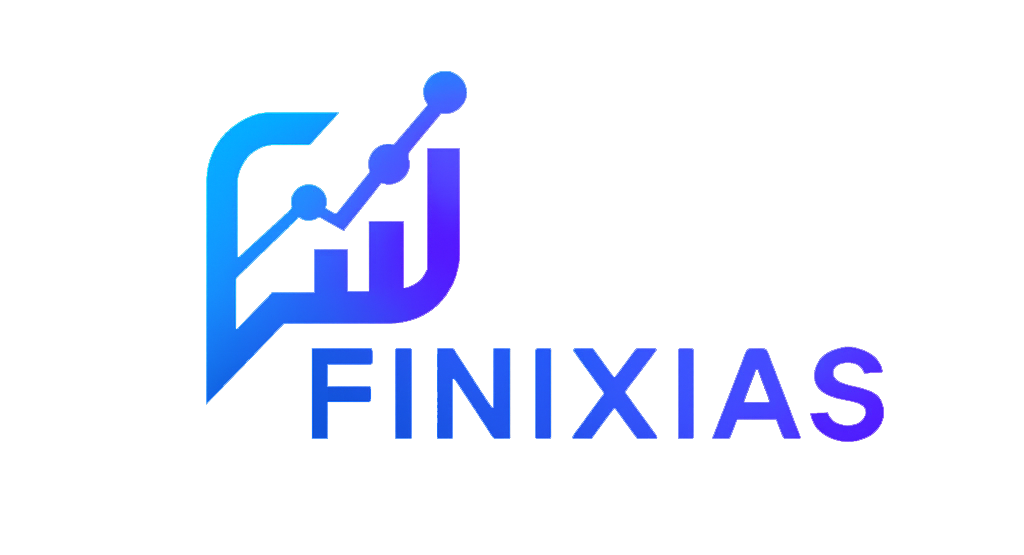Key Market Dynamics of 2025: Opportunities to Seize, but Warning Signs Not to Ignore
The year 2025 is marked by a spectacular surge in global stock markets. In London, the FTSE 100 has broken past the symbolic 9,500-point mark, up 15% since January. In Frankfurt, the DAX has soared by more than 18% in under ten months. Even emerging markets—long left behind—are catching the wave, with double-digit monthly gains in parts of Asia and Latin America.
This momentum is underpinned by solid fundamentals: more accommodative monetary policies, improved global economic visibility, and major technological advances. But behind the glitter of these record highs lie growing vulnerabilities. As markets climb higher, the air gets thinner—and investors would be wise to stay cautious at these altitudes.
Sky-High Markets… But the Air is Getting Thin

The Comeback of Traditional Sectors
After a decade of tech sector dominance, 2025 marks the return of the so-called “forgotten” sectors. Take European banking, for instance: the sector is up 25% this year, driven by improved margins and now-effective digital transformation. Energy, infrastructure, transport, and raw materials are also making their way back into investor portfolios. Their strengths? Solid fundamentals and steady dividends. This shift is a clear reminder that while innovation is attractive, stability remains a vital safe haven in times of uncertainty.

AI: A Growth Engine—But Concentrated in Few Hands
Artificial intelligence continues to drive tech indices, especially in the U.S. and Asia. Some AI-related companies have tripled their profits in just six months—particularly in semiconductors, healthcare, and financial services. Yet this rapid growth is raising concerns. In some indices, over 40% of total market capitalization is concentrated in just a handful of players. A dip in one major stock could trigger a broad sell-off. ETFs, which replicate these highly concentrated indices, only heighten this risk. The message to investors is clear: AI is powerful—but its outsized influence calls for careful portfolio management to avoid painful corrections.

Balanced Indices Are Gaining Traction
In response to this growing concentration, more investors are turning to balanced indices—those that include a mix of industrials, essential services, and infrastructure. As one Swiss asset manager put it: “The future doesn’t belong to just five companies.” This defensive approach favors steady, reliable growth over flashy surges. For those navigating today’s turbulent markets, balanced indices offer a more stable and reassuring compass.

Cracks Beneath the Surface
Fast-Paced Trading: Quick Gains, Sharp Risks
In this volatile environment, short-term trading is gaining popularity. Leveraged ETFs, derivatives, and daily “pullback” strategies are all being used in the hunt for rapid profits. But there’s a catch: in markets so heavily concentrated, a 3% dip can erase an entire week’s worth of gains. These strategies require extreme discipline, speed, and robust risk management. For most investors—especially those prioritizing simplicity and security—it's wiser to focus on clear, stable indices and resist the lure of speculative trading.

Conclusion: A Year of Enthusiasm—Tempered by Caution
2025 is no ordinary year for the markets. It’s full of exciting opportunities—but also demands a sharp eye for emerging risks. Markets are hitting record highs, yes—but behind the euphoria lies the need for discipline.
Invest, absolutely—but with clarity and realism. In a world where the market’s magnetic north has shifted, only those who can read the compass accurately will avoid the pitfalls and make the most of what this dynamic year has to offer.

